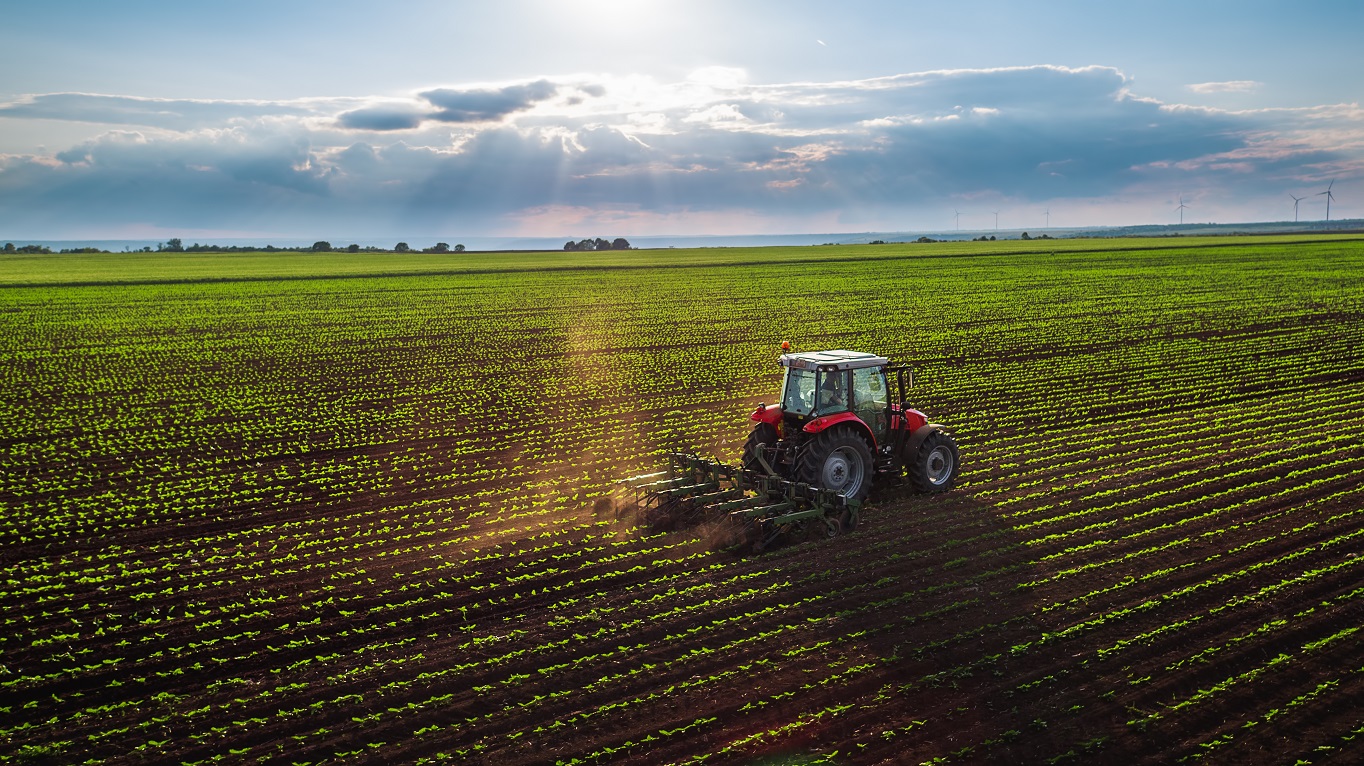A more efficient system to reduce duplicate inspections in UK farming
The farming landscape is one of the most heavily scrutinised industries in the UK. Regulatory bodies inspect how farms protect, enhance and preserve the environment, control diseases and pests in animals and plants, protect trees and woodland and control subsidies. The landscape is changing, too.
The Sustainable Farming Incentive has recently been announced, set to be rolled out with the addition of standards all the way through to 2025. Farmers will be able to choose as many and whichever standards they like. Better performance against each one, i.e. producing more environmental benefits, will result in higher payment. This is all part of DEFRA’s efforts to invest in the environment, productivity, farmer resilience, plant and tree health and animal welfare.
Initially, in 2022, three standards will be available; two pertaining to soil and moorlands, one to livestock farming. More standards will follow, as outlined in this DEFRA Future Farming blog. To manage these schemes going forward and validate payments, farmers will have to apply for reviews. This means that keeping abreast of inspections will be vital for both farmers and the bodies inspecting them.
These changes do, however, represent an opportunity. Where farmers have received visits from various bodies at various times, there is an opportunity to coordinate the inspection of farms across the disparate bodies that inspect them. This is particularly important when looking at cross compliance and not disproportionally penalising a farmer for non-compliance in one area.
Having a central database of all inspections and their outcomes will facilitate a far more efficient system. Inspections, at present, are siloed into the bodies conducting them. Linking these bodies together and enabling them to review the outcomes of each other’s inspections, will greatly help them and the farmers.
A number of the inspections conducted on farms are similar in nature. Preserving the environment, protecting trees and woodland, for example, are similar elements. Merging the inspections for these, as far as it’s possible to do so, will reduce the need for multiple inspectors to be onsite at a farm. Using trusted data from another body to fulfil part of your own organisation’s inspection mandate is a much more efficient way of conducting the inspections. Less time spent onsite, same result. This will greatly reduce duplication for farmers.
It also makes sense for the inspectors. Farms are big properties that take time to navigate, necessitating sometimes lengthy visits. This reduces the ability of inspectors to conduct multiple inspections in a day. If, however, information can be used from another trusted body, this will help to reduce inspection times and open up the possibility of an inspector carrying out multiple inspections in a working day. This will help to facilitate inspections of more farms in the same time frame.
Correct use of technology systems can also help to schedule inspections more efficiently. If an inspector is in a particular area, for example, it makes sense to schedule them in and around that locality to reduce dead time spent travelling.
Marrying the capture of inspection outcomes to more rules-based scheduling of the inspection activity will help inspectors and farmers alike. Reducing the amount of duplication makes life easier for all parties.
Automation is another facet of scheduling and inspections that modern technology can bring to farming and associated inspections. Being able to automatically schedule an inspection and notify the farm reduces the need for manual interventions by staff responsible for arranging inspections. This feeds into follow-up tasks, too.
Where an inspection identifies an area for improvement or re-inspection, these follow-up tasks can be automatically created at the point of them being recorded. This leaves scheduling staff with more time to focus on exceptions.
Technology allows the scheduling of an inspector to be decided on fairly using a myriad of factors. For example, geographical proximity to a farm, or inspections being conducted nearby to other farms with similar needs, or the skills, specialisms, continuity and availability of the inspector.
Technology can also enable inspectors to capture their outcomes in real-time. By equipping inspectors with handheld devices, results can be entered through mobile forms and stored immediately, rather than having to spend additional time writing up the entire visit later. This means that reporting on and understanding an inspection, and any associated follow-up tasks, can be done instantly. Farmers will benefit as this can also speed up the post inspection processes and payment processing.
If outcomes from a different inspection can be factored in, too, these can be included in any report, instantly saving time.
The layers of complexity in the process of conducting farm inspections in the UK can be greatly eased by the correct deployment of technology. A single system enables inspectors to view their schedules and make their reports, whilst at the same time notifying farmers about upcoming inspections and the results of previous ones.
This efficiency will alleviate much of the duplication currently experienced by UK farmers. It will also make the changing regulatory landscape easier to navigate for everyone. A single, transparent source of truth will work to the benefit of everyone.
The notion of a single system and a single point of regulatory contact is an issue that we explored in our previous blog, Why England’s farmer inspectors are launching a war on duplication, which you can read here.